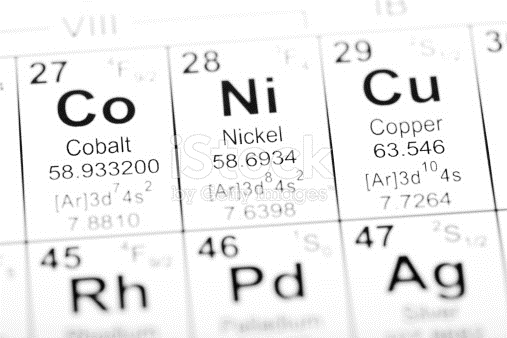MRT is uniquely positioned to meet increasing worldwide demand for ethical and environmentally responsible production of base and precious metals including nickel, cobalt, copper and PGE’s from its existing and future projects:
| MINING INDUSTRY CHALLENGE | MRT SOLUTION |
|---|---|
| High energy consumption and carbon dioxide (CO2) emissions |
Reprocessing of mine tailings and other mineral processing wastes has a very low energy and CO2 emission intensity because the process feedstock has already been excavated, hauled to surface, crushed and pulverised. Tailings excavation and processing plant at all MRT sites will be powered by 100% renewable energy. MRT is committed to a fossil fuel-free future on all its sites. |
| Supply chain CO2 emissions | Transport CO2 emissions for MRT’s mineral concentrate products are minimised by the close proximity of its Canadian and Western Australian tailings projects to rail and sea port infrastructure. |
| Environmental disturbance |
Retreatment of mineral processing waste reduces the mining industry’s environmental disturbance footprint by returning the contents of tailings dams and other waste formations to the mining voids from which the primary ore was extracted. In effect MRT commercialises mine site reclamation. Metal production from circular economy sources such as reprocessing of tailings and recycling of post-consumer waste reduces the need to open new mines that would otherwise result in environmental harm. |
| Sustainability of supply |
MRT’s mineral processing technology is uniquely capable of recovering valuable sulphide minerals lost to the world’s vast inventory of mineral processing waste. For example, there is approximately 1 to 2 million tonnes of recoverable, sulphide-hosted nickel in 250 million to 1 billion tonnes of nickel sulphide flotation tailings around the world assuming a conservative sulphide nickel grade of about 0.2% to 0.4% Ni. At a conservative nickel price of US$15,000 per tonne, this 1 to 2 million tonne sulphide nickel tailings inventory has an in situ value of US$15 to $30 billion. MRT’s ability to exploit this new, global sulphide nickel inventory at large scale, low cost and with negligible CO2 emissions will have a profound effect on the future affordability and environmental sustainability of sulphide-sourced Class 1 nickel. |
| Cost of production |
Around the world, base and precious metal mining costs have increased substantially over recent decades due to depletion of easily extractable Ore Reserves, lower head grades, increasing depth of mines and complexity of processing low-grade ores. Retreatment of mineral processing waste such as at MRT’s high-grade tailings projects in Australia and Canada is inherently low cost because the process feedstock has already been mined, hauled to surface, crushed and pulverised. Furthermore, the MRT Process is notable for its low capital and operating costs by virtue of its novel, chemical-free process flow sheet that utilises simple, existing, off-the-shelf mineral processing plant that already successfully operate at scale. |
| Acid mine drainage (‘AMD’) | The MRT Process substantially reduces the sulphide mineral content and therefore the AMD potential of retreated tailings. Reprocessing of tailings can also result in its relocation to more secure, long-term storage facilities if required. |
| Toxic chemical use | The MRT Process does not utilise any chemical reagents. |
| Ethical sourcing of metal | MRT’s projects are located exclusively in low sovereign risk jurisdictions with stable legislative and taxation environments. Our low sovereign risk exposure means we avoid the unethical practises of child labour and environmentally negligent mining practices often encountered in many parts of the world. |

